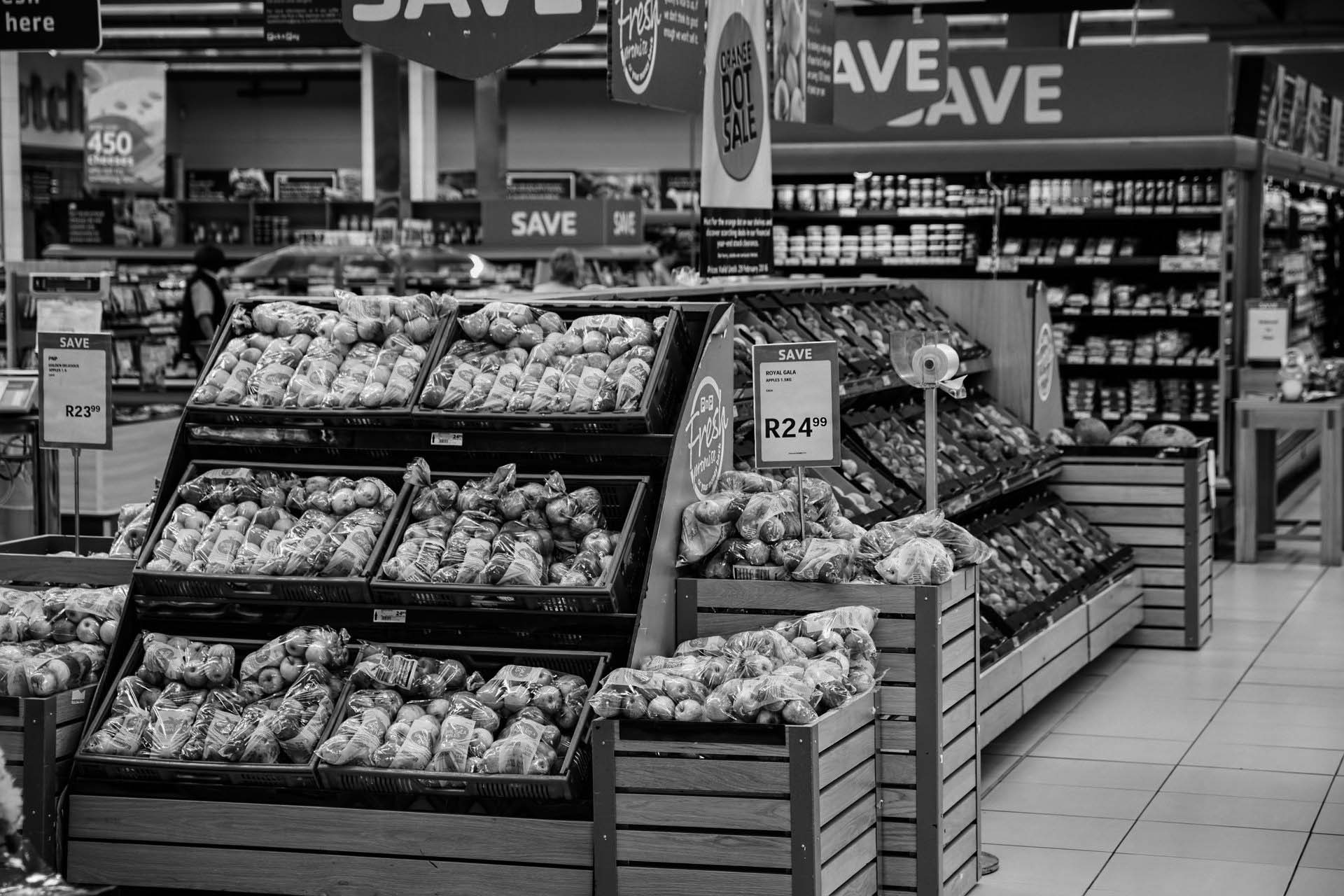A niche idea that won’t save the high street.
There have never been so many different ways to shop for groceries. The biggest chains offer customers a choice of vast superstores, smaller branches and online options to buy from home.
Now some of the UK’s best-known supermarkets are experimenting with checkout-free stores. Following Amazon’s lead (it launched in London in March 2021), Sainsbury’s (Pick & Go) and Tesco (GetGo) have recently opened branches which offer a streamlined shopping experience.
The stores are kitted out with machine learning, camera and shelf technology (with weight sensors and motion detectors) to track which items consumers pick up and take with them. There is no need for any scanning or interaction. You simply choose what you need and leave.
This sounds extremely convenient. And for the supermarkets it is a business model which will save on staff costs, and provide valuable information about shoppers and their habits (data which could potentially be made available as another source of revenue).
But is the checkout-free concept necessarily good for consumers and high streets?
It certainly provides what some consider to be two key principles of creating a good customer experience: perceived autonomy and ease.
These modern stores are designed to make people feel that the shopping experience requires less effort, without the need to go through the processes of queuing, placing (or scanning) items at the till machine and making a payment.
Research suggests that when people are able to spend less time and effort in a shop, they may consider this a sign of excellent customer service, making them more likely to return.
But there are elements of checkout-free shopping which are not so customer friendly. To begin with, it is a niche concept which will only appeal to shoppers who are technologically adept. It relies on consumers having access to a smartphone and a particular app, registering payment details and sometimes using a QR code to enter and leave.
These expectations demand a level of digital competence which is by no means universal and immediately excludes those, like my elderly mother-in-law, who are more technologically challenged.
They may also be less than ideal for vulnerable consumers, who have accesibility issues related to physical mobility, vision or hearing. If these customers are excluded from this experiment in autonomy, then it becomes an exclusive service, so these stores appear not to be be designed with all consumers in mind.
Check-out free for all
It’s also worth asking whether the checkout-free store offers an ‘authentic’ shopping experience – or is it just a slightly different version of mobile shopping, which happens to take place in a building?
Our research suggests that the convenience of checkout-free stores, like online shopping, will have some appeal. But customers are less likely to enjoy and value the experience, because it provides little in the way of discovery (finding new products) or connecting with other people.
Others have suggested that to save struggling high streets, the shopping experience needs to be fun and socially engaging.
For this reason, checkout-free stores are unlikely to be a development which will draw people back to high streets. While convenience has its place, it does not inspire people to spend more time and money in neighbouring outlets in the same way that social shopping – spending time browsing with friends – does.
Instead, the check-out free supermarket will appeal to consumers who prioritise speed and efficiency, like visiting a drive-through take-away. It will be appreciated by those who simply want to top up on a few grocery items on their journey between home and office, when there’s no time to lose, and are comfortable with the requisite technology. But they will not be on everyone’s shopping list.
Originally published by The Conversation and reprinted here with permission.







